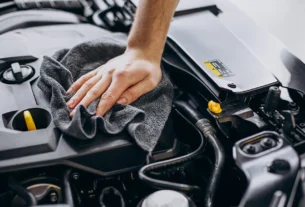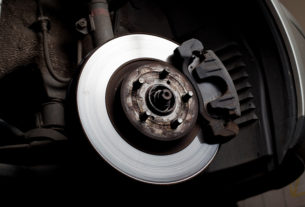Since its invention within the 1960s, the laser continues to be serving numerous industries. From aerospace applications towards the healthcare industry, the laser has opened up up new options for manufacturing enhancements with regards to making complex, lightweight parts. Through laser etching and welding, manufacturers allow us low-cost, highly good ways to produce parts while using technology.
Particularly, the automotive industry has accepted laser manufacturing because of its benefits. Permitting versatility to enhance parts while still supplying the consistency for mass production, the laser finds a perfect role in automotive manufacturing.
In comparison with conventional methods of producing, for example rubber stamping, utilizing a laser alternative is a more affordable decision. And these days that’s constantly attempting to reduce automobile weight while increasing fuel efficiency, laser manufacturing has become much more prevalent as parts can be simply created using thinner size of lighter in weight materials. As increasing numbers of companies escape from using steel components and replacing all of them with lightweight, aluminum counterparts, more manufacturers are searching towards the benefits laser welding and cutting has whenever using these lightweight materials.
Utilizing lasers in automotive production helps you to drive lower maintenance costs. For instance, only one laser welding mind are capable of doing all the welds that will have needed 10 welding guns using conventional methods. Not just can there be less equipment to bother with keeping working efficiently, by replacing traditional welding gun with one laser welding mind it will help to chop lower around the facility’s CO2 emissions, which makes it simpler to satisfy global CO2 emission standards.
With the introduction of new materials like boron steel, it’s opened up the doorway for brand new options in automotive manufacturing using lasers, and lots of in the market are embracing we’ve got the technology. Actually, there’s not just one area in producing a vehicle without a laser application. Other applications lasers serve within the automotive industry include their use within the brazing and soldering of surface components, plus welding powertrain aspects of the engine.
Already among the largest people that use the technology for manufacturing, as enhancements being produced increase combined with the technology, there are a variety of applications the laser often see more use within, including their use within the introduction of fuel cells and batteries. Whether lasers are utilized in manufacturing the vehicle itself or maybe even to chop the important thing to begin its engine, today there’s no modern vehicle in the pub that is not produced in some part using lasers.




